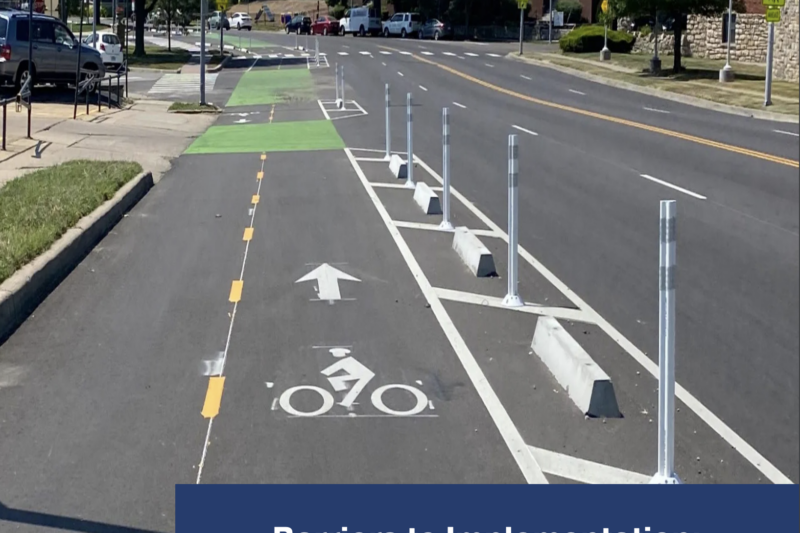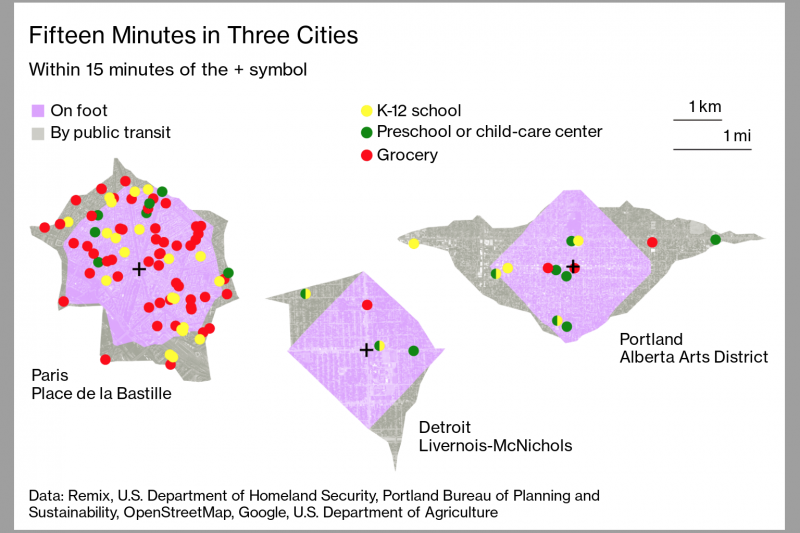
Canada's Hub for Complete Streets
What are Complete Streets?
Complete Streets are streets that are safe for all users, regardless of age, ability, income, race, ethnicity, or mode of travel. By using a Complete Streets approach to designing road networks, we can create spaces that allow all users to thrive — not only motorists.
The benefits of Complete Streets are wide-ranging and well-documented; they are cost-effective, sustainable, safe, and promote physical activity and livability. Jurisdictions across North America reference Complete Streets as an effective preventative health strategy, while human-scale design treatments such as street furniture, greenery, and wide pedestrian rights-of-way — a few elements that live at the heart of Complete Streets — are repeatedly celebrated as approaches to animating the public realm and encouraging people to linger.
Complete Streets are just as diverse as their road users. They can take on unique shapes and sizes, and flourish in communities small and large; urban, suburban, and rural. And while Complete Streets must be equitable, anti-oppressive, and adapt to change, there is no singular approach to creating a vibrant and successful Complete Street.



